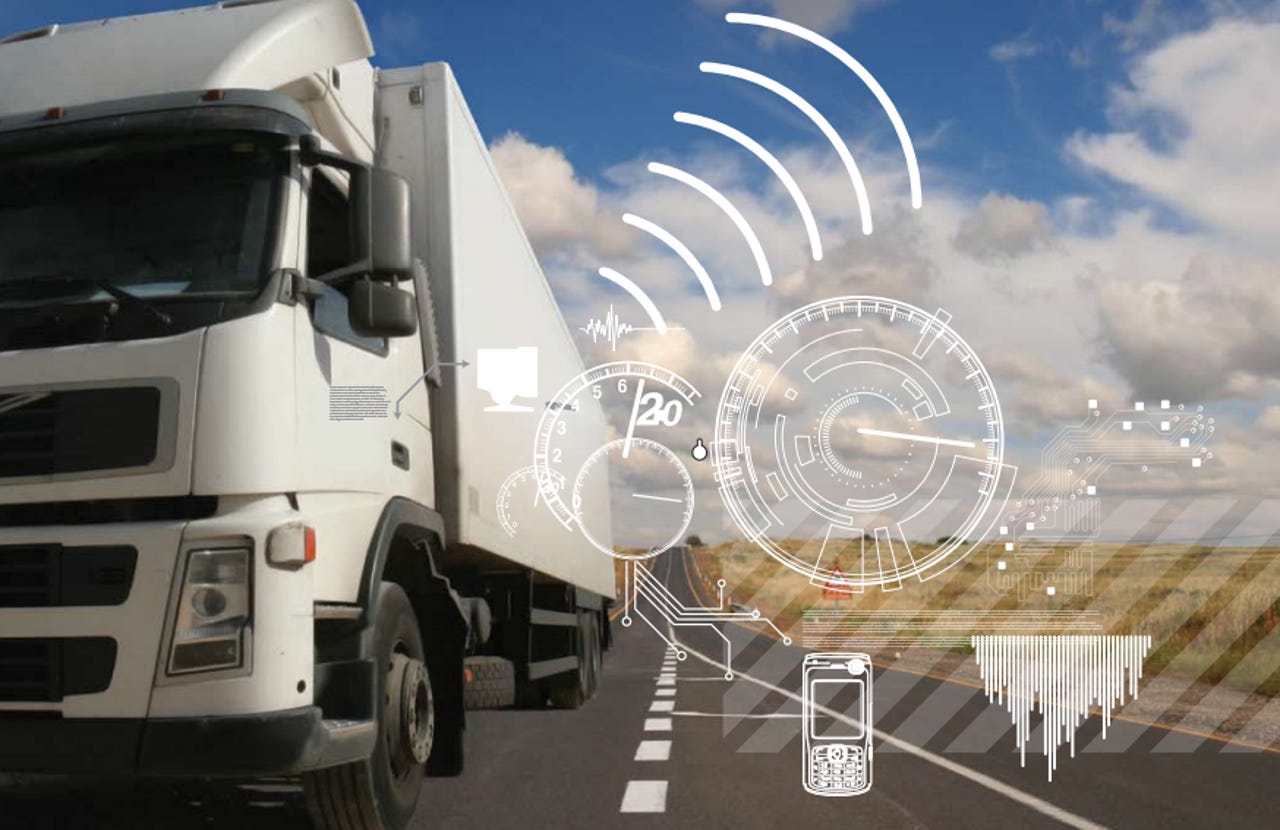Commercial trucking still runs on 3G, but time is running out


CNE
Tired of hearing about 5G? You might want to get into commercial trucking. Turns out that's one major industry still grappling with the migration to 4G.
You read that right. Moving roughly 71 percent of the nation's freight by weight, and generating nearly $740 billion in gross freight revenues annually, class 7 and 8 truck fleets today rely on a complex footprint of onboard technology for safety, operational efficient, asset tracking, routing, workflow, driver-dispatch communication, and more. Most of it runs on 3G.
Also: Phones and more: The best of everything mobile
Why has trucking been so slow to migrate?
"The main factor I believe influencing the speed to market is costs and business interruption," Jason Palmer, chief operating officer of SmartDrive Systems, a leader in video-based safety and transportation intelligence, tells me via email. "Taking vehicles off the road is expensive due to the downtime and business interruptions."
The tapestry of onboard technology is also highly interdependent. Much like the San Francisco DMV, which literally (and ironically) uses legacy desktop computers from the 1980s due to its reliance on ancient software, truck drivers have been stuck with 3G for years because that's the foundation the innovated on top of. According to Gartner, an estimated 7.5 million IoT devices based primarily in 3G are still in use by fleets of all types.
But Verizon has officially announced it will be ending its 3G services, with AT&T, Sprint and T-Mobile expected to follow suit by the end of 2021. That's caused a mad dash in the trucking industry. It's also created opportunities to improve safety and increase efficiency in a sector that's critical to the nation's economic vitality.
Featured
"The advances of migration allow for vehicles to be connected more often," says Palmer, "and for more and relevant data to be pushed to the vehicle to assist driving, whether manual or automated. This data, such as real-time traffic and weather updates, helps the driver navigate his route while also being consumed by apps in the vehicle."
Palmer's company, SmartDrive Systems, for example, uses video and driver data to monitor driver behavior in commercial vehicles including trucks. For that application, connectivity is key.
The switch to 4G will also result in significantly more converged data, which can now be processed quickly on mobile service class devices with multiple processors, according to Palmer.
That convergence strategy, powered by 4G, will give trucking fleets real-time connection to suppliers, customers, and their own operations, fulfilling the true promise of fleet IoT, which is service integration. That's going to fundamentally change how fleet managers think about operations.
"As they work to make the whole more intelligent," says Palmer, "they'll be concentrating on building the intelligence into their back-end systems to automate and optimize their assets more intelligently. With trucks fully connected, they'll now be able to optimize their fleet understanding in real time and know what's happening, when it's happening, where it's happening, and who's involved. Most importantly they'll understand the impact on their fleet safety and operations."